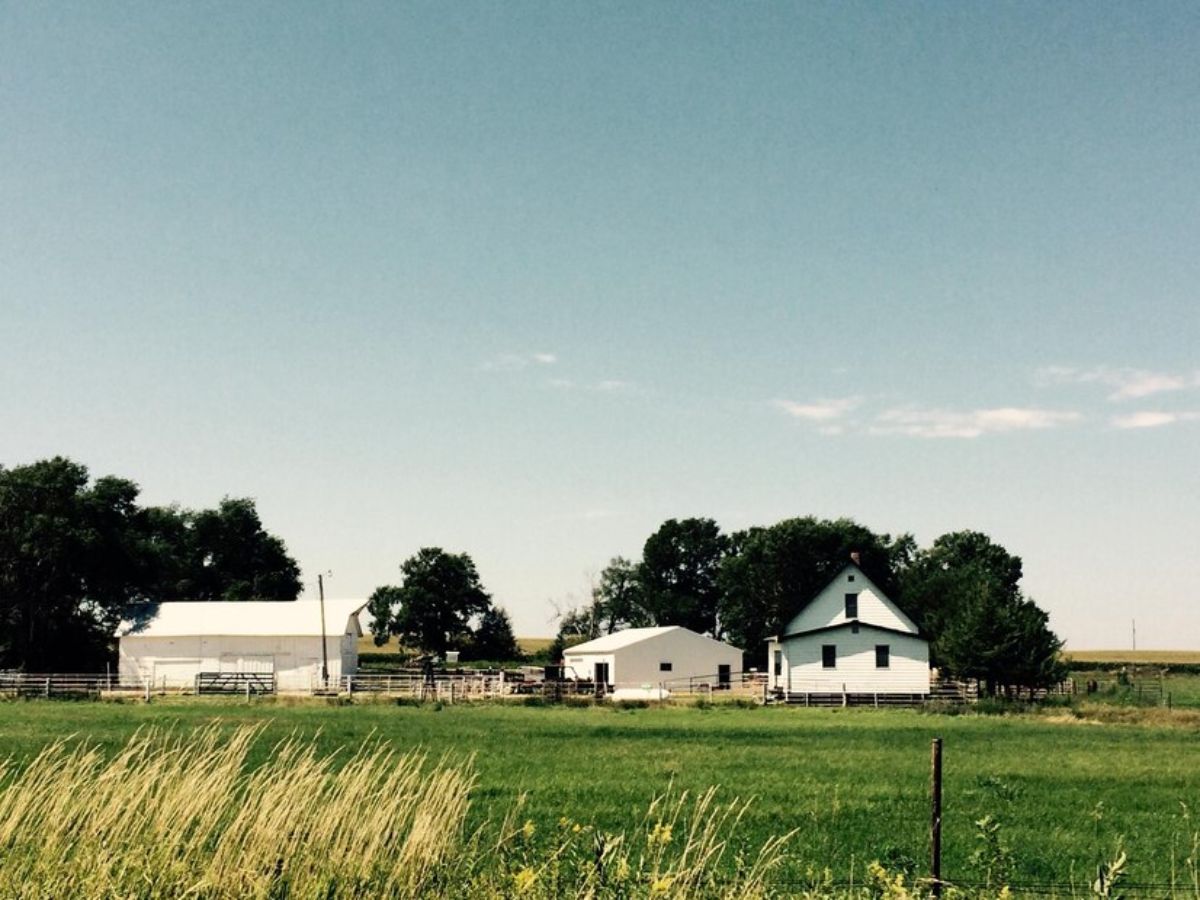
Leaving Your Home to Your Heirs? Here’s What Can Go Wrong and How to Prevent It
Americans have trillions of dollars tied up in their homes—more than ever before. For many passing that wealth to the next generation (or heirs) seems like a no-brainer. But what happens when the simplest way to hand over the house ends up causing big headaches?
A burgeoning number of homeowners are using transfer-on-death deeds, a legal shortcut that lets them name a beneficiary for their property; no will, no probate, no fuss. At least, that’s the idea. In reality, such deeds can backfire in ways that leave heirs with nothing but legal battles and unexpected bills, according to a recent Wall Street Journal report.
The Rise of the Transfer-on-Death Deed
For years, the standard way to pass on a home was through a will. But wills go through probate, a court-supervised process that can drag on for months, or even years, while racking up legal fees. To avoid that hassle, most states now allow transfer-on-death (TOD) deeds, which let homeowners skip probate entirely.
Think of it like naming a beneficiary on a 401(k). When the owner dies, the house automatically goes to the person listed on the deed, no court needed. In the last 15 years, these deeds have taken off, with New York and New Hampshire joining the list only last year, the WSJ noted.
But as more people use them, more problems are cropping up.
When Good Intentions Go Up in Flames
Take the case of a Minnesota man who left his house to his niece using a TOD deed, as reported by the WSJ. Shortly after his death, his ex-wife burned the house down. The niece was left with just the land, and no insurance payout. Because the TOD deed had instantly transferred ownership to her, but the insurance policy was still in her late uncle’s name. The courts ruled the niece wasn’t covered, leaving her with nothing but an empty lot.
Minnesota later updated its laws to prevent this kind of disaster. Yet the damage was done.
The DIY Trap
Many homeowners try to save money by filling out TOD deeds themselves, only to mess up the paperwork. Jen Gumbel, an estate planner in Minnesota who was cited in the WSJ, has seen deeds thrown out because people didn’t describe the property correctly or forgot to get a spouse’s signature.
“These are really technical documents,” Gumbel told the Journal. “A small mistake can mean your wishes aren’t followed.”
Family Feuds and Broken Promises
Sometimes, the problem isn’t the deed itself. It’s what isn’t in it.
The WSJ highlighted the case of Skyler Woodard, a 32-year-old welder who thought he was set to inherit his family’s 200-acre farm in Minnesota after his father’s death. His dad had used a TOD deed to name him as the beneficiary. But the farm was still under a rent-to-own agreement with Woodard’s grandparents. They argued the deed violated the contract, and the courts agreed.
Now Woodard is fighting his own grandmother in court, claiming his father paid for the farm for 23 years. “He was trying to give me the farm,” Woodard told the WSJ. But the legal battle continues.
The Hidden Costs
Even when the transfer works, heirs can get hit with surprise bills.
Stacy Singer, a trust and wealth advisor at Northern Trust who was quoted in the Journal, recalled an 80-year-old man who left his girlfriend his $700,000 home via a TOD deed. She got the house and a $25,000 estate tax bill she never saw coming. Had he left her the home in his will instead, she might have avoided the tax entirely.
Conclusion
Transfer-on-death deeds can be useful, but they’re not a one-size-fits-all solution. Without careful planning, they can create more problems than they solve.
As Frank Pugh, a Virginia lawyer cited in the article, put it: “There are so many pitfalls that you can step in.” For families sitting on a mountain of home equity, it’s a good idea to get good advice before signing anything. Because when it comes to passing on a house, the easiest way isn’t always the best way.



